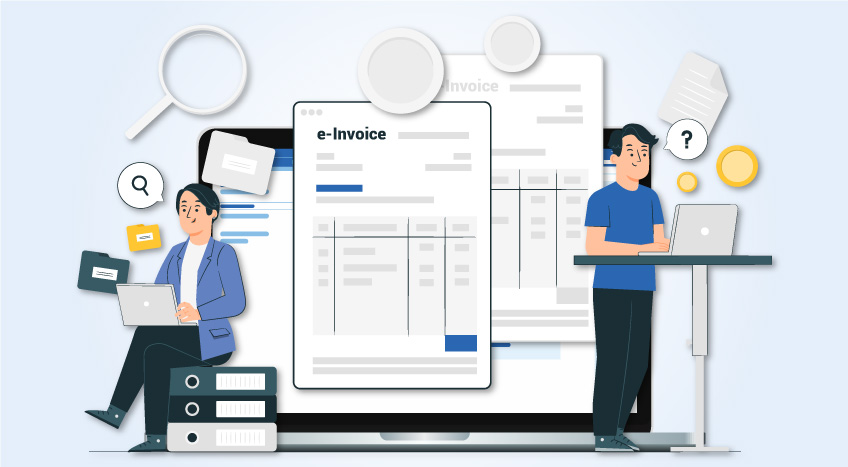Introduction
Capital assets are the business assets which are designated for long-term use. These are not intended for sale in the regular course of the business's operation but are used or consumed in the business. For example, if a company buys a computer to use in its office, the computer is a capital asset, but if another company buys the same computer to sell, it is considered inventory.
In UAE VAT, the input VAT paid on procurement of capital assets is allowed to be recovered. However, in UAE VAT, a special scheme known as ‘Capital Asset Scheme’ is designed to regulate the input VAT recovery on the larger value of capital assets having long-term usage.
Under Capital Assets Scheme, the initially recovered Input VAT on capital assets is adjusted based on actual use during a specified time. In other words, you will be allowed to recover the full input VAT on capital assets in the first year, if it is intended to be used for making taxable supplies throughout the specified period, let’s say 10 years. During the useful life of 10 years, if the capital assets are used for the non-business purpose or for making exempt supplies, the taxpayer need to reverse the proportionate input VAT to the extent of non-taxable usage. The reversed input VAT should be reported as an adjustment towards capital assets while filing VAT returns for that year.
The purpose of capital asset scheme is to reflect the use of the asset- whether it is for taxable or exempt purposes over its useful life. In certain cases, the intended use of the asset may change over the time and input VAT recovery based on intended first use may not fairly reflect its use over time.
Not all capital assets are considered under the Capital Assets Scheme. The UAE Executive Regulation provides clarity on capital assets which need to be considered under this scheme.
Let us understand what type of assets are considered under the Capital Asset Scheme.
Capital Assets Considered under Capital Assets scheme
A Capital Asset is a single item of expenditure of the business amounting to AED 5,000,000 or more excluding Tax, on which VAT is payable and has estimated useful life equal to or longer than 5 or 10 years.
- 10 years in case of a building or a part thereof
- 5 years for all Capital Assets other than buildings or parts thereof
Apart from the capital assets, if the business incurs an expenditure consisting of smaller sums which collectively amount to AED 5,000,000 or more, it will be treated as a single item of expenditure of AED 5,000,000 or more. This will be applicable only when sums are staged payments for any of the following:
- For the purchase of a building.
- For the construction of a building
- The sum incurred is in relation to an extension, refurbishment, renewal, fitting out, or other work undertaken to a building, except where there is a distinct break between any such work being undertaken, in which case they will be considered to be separate items of expenditure.
- For the purchase, construction, assembly or installation of any goods or immovable property where components are supplied separately for assembly.
Conclusion
Only those assets which qualify the above conditions will be considered under Capital Assets Scheme and input VAT recovery will be regulated by this scheme. For other capital assets, which do not qualify, input VAT recovery will be determined in accordance with the normal input VAT recovery provisions of law. To know the conditions for input VAT recovery, please read Input Tax Recovery under VAT in UAE.
The UAE VAT Executive Regulations also provides the clarity on how to calculate the input VAT adjustment when the intended use of the capital asset is changed. To know the calculations, please read Input VAT Adjustments under Capital Assets Scheme.









